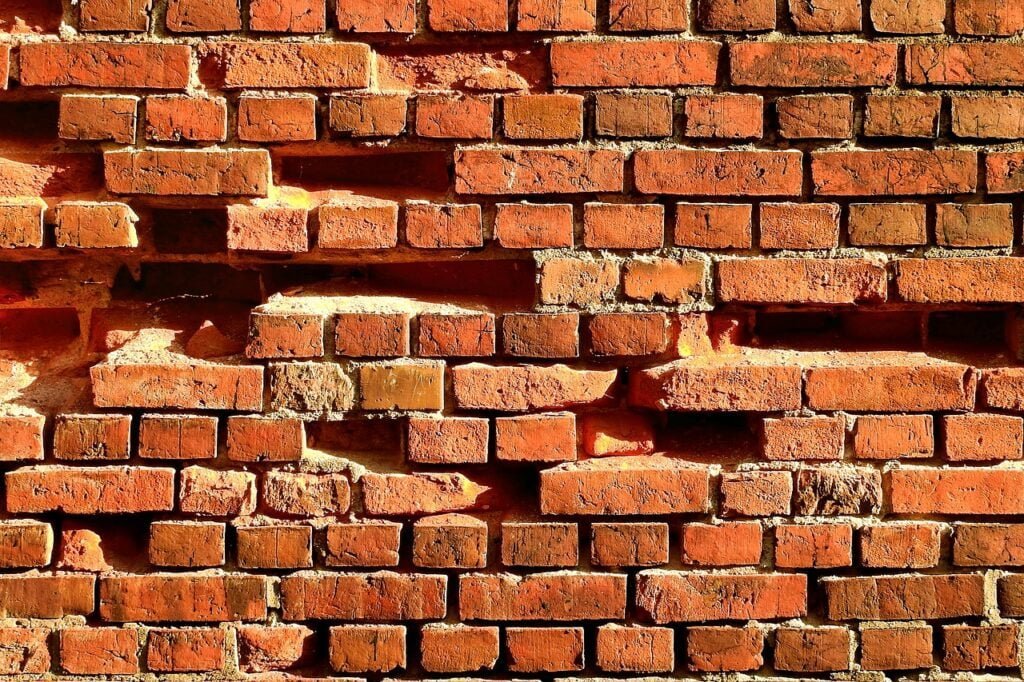Best Chimney Cap – Types, Costs & FAQs
Having a chimney in your home offers numerous benefits, such as providing warmth and ambiance during the colder months. However, many homeowners overlook the importance of installing a chimney cap. In this article, we will explain how a chimney works, discuss the different types of chimney caps available, address frequently asked questions, and provide a range of costs associated with chimney cap installation.
How Does a Chimney Work?
A chimney is a vertical structure that allows smoke, gases, and other byproducts of combustion to escape from a fireplace, stove, or furnace. It works on the principle of draft, which is the movement of air through the chimney. As hot air rises, it creates a pressure difference that draws fresh air into the firebox, fueling the combustion process and expelling the resulting smoke and gases up and out of the chimney.
The Importance of a Chimney Cap
A chimney cap is a protective covering that sits on top of the chimney. Here are some key reasons why installing a chimney cap is important:
1. Prevents Animal Intrusion
One of the primary functions of a chimney cap is to keep animals, such as birds, squirrels, raccoons, and bats, from entering your chimney. These animals can build nests, cause blockages, and create fire hazards. A chimney cap acts as a barrier, preventing unwanted guests from entering your home through the chimney.
2. Blocks Debris and Moisture
Leaves, twigs, branches, and other debris can easily find their way into an uncovered chimney. These materials can accumulate and block the flue, obstructing the flow of air and potentially causing smoke to back up into your home. Additionally, a chimney cap helps prevent rain, snow, and other forms of moisture from entering the chimney, which can damage the interior and lead to costly repairs.
3. Enhances Fireplace Efficiency
A chimney cap plays a crucial role in improving the overall efficiency of your fireplace or stove. By preventing downdrafts caused by wind, it helps maintain a steady flow of air, allowing the fire to burn more efficiently. This results in better heat output, reduced energy consumption, and lower heating costs.
Types of Chimney Caps
There are several types of chimney caps available, each with its own unique features and benefits:
1. Mesh Caps
Mesh caps are the most common type of chimney cap. They feature a metal mesh screen that prevents animals and debris from entering the chimney while allowing smoke and gases to escape freely. Mesh caps also help prevent sparks from landing on your roof, reducing the risk of fire.
2. Single-Flue Caps
Single-flue caps are designed to cover individual flues. They typically feature a sloped lid that prevents water from pooling on top of the cap. Single-flue caps are available in various materials, such as stainless steel, copper, and galvanized steel, offering durability and aesthetic appeal.
3. Multi-Flue Caps
Multi-flue caps are designed to cover chimneys with multiple flues. They provide protection for multiple openings and often feature a larger size and a more robust construction. Multi-flue caps can be customized to fit chimneys of different sizes and shapes.
FAQs about Chimney Caps
Here are some frequently asked questions about chimney caps:
1. How often should a chimney cap be inspected?
It is recommended to have your chimney cap inspected at least once a year, preferably during your annual chimney inspection and cleaning.
2. Can I install a chimney cap myself?
While it is possible to install a chimney cap yourself, it is advisable to hire a professional chimney sweep or a qualified technician to ensure proper installation and fit.
3. How much does a chimney cap installation cost?
The cost of chimney cap installation can vary depending on factors such as the type of cap, the size of the chimney, and the complexity of the installation. On average, homeowners can expect to spend between $150 and $500 for chimney cap installation.
4. How long does a chimney cap last?
The lifespan of a chimney cap depends on various factors, including the material used and the local climate. However, a well-maintained chimney cap can last anywhere from 10 to 20 years. Company’s like Olympia build caps that can even last 50 years.

Conclusion
Installing a chimney cap is a small investment that can yield significant benefits in terms of preventing animal intrusion, blocking debris and moisture, and enhancing fireplace efficiency. With various types of chimney caps available, it is essential to choose one that suits your specific needs and budget. Regular inspection and maintenance will help ensure that your chimney cap continues to perform its protective functions for years to come.



Вскрытие замков любой сложности в Санкт-Петербурге: профессиональное решение
открытие замков спб zamkidoloi.ru .
Эффективные способы убрать вмятины на кузове без покраски, Методы ухода за кузовом без перекраски: просто и эффективно
Устранение вмятин на автомобиле без покраски https://remont-vmyatin-bezpokras.ru/ .
Hey people!!!!!
Good mood and good luck to everyone!!!!!
Design Your Own Custom Stamps Online: Quick and Easy
rubber stamp online maker https://stamp-maker-online.ru .